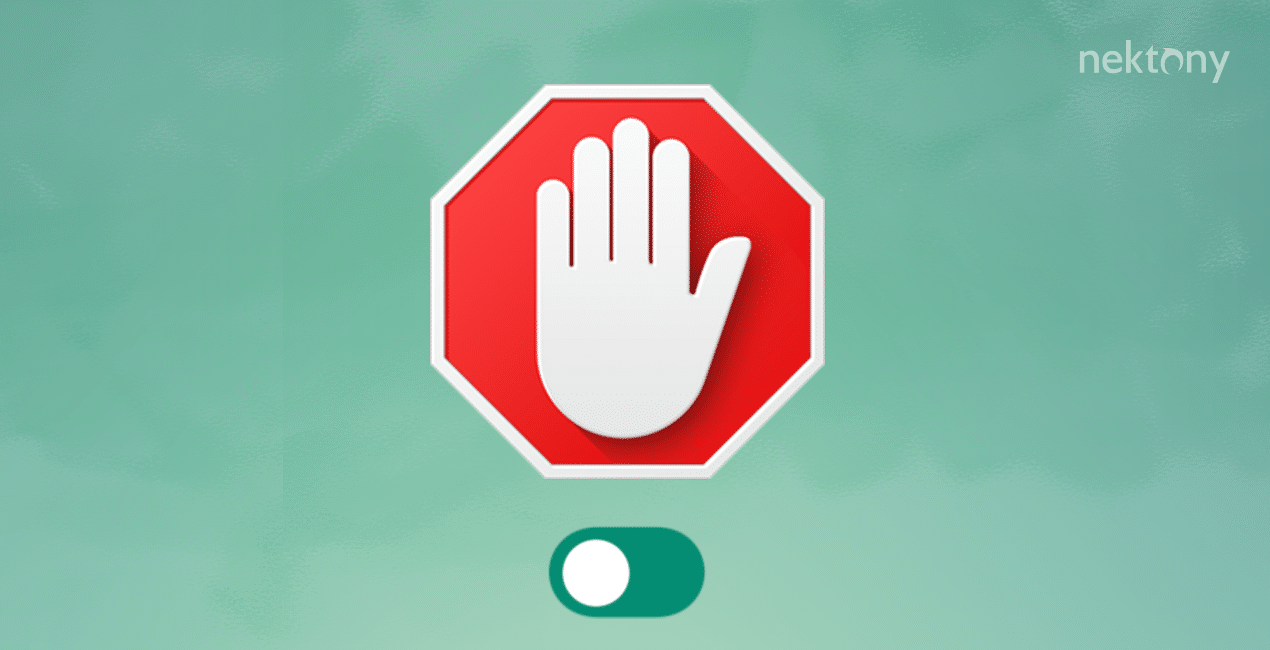
While there are dozens of popular ad blockers available right now, few of them offer complete protection that would not only cut out ads but also prevent phishing attacks and disable invasive trackers.ĪdGuard is a one-stop browsing safety toolkit for your Mac. By the way, do you know what’s the most undetectable ad blocker on the market today? Which undetectable ad blocker should you use? The way to whitelist websites differs depending on the adblocker you use. After all, it’s only a tiny minority of websites that use anti-adblock notifications and most of them depend on ad revenue, so it might not be the end of the world to let one site slip through the cracks.
Adblock for mac install#
Adblock for mac code#
Copy-paste the code into a regular text editor on your Mac.

Go into the website’s source code in any browser (Option + ⌘ + U in Safari).

If disabling JavaScript for some reason doesn’t get rid of the anti-adblock notifications or breaks the website you want to visit, you can also manually delete the script tags that trigger the anti-adblock popup: To disable JavaScript in Chrome, go to Settings ➙ Site Settings ➙ JavaScript ➙ switch the toggle off. In Firefox, disabling JavaScript is a bit more complicated: In case the Reader Mode is not available to you or you want to see the whole website and not just what’s in the article, you can try to disable JavaScript in your browser directly, which should block any popups: If you want to read an article, for example, but can’t because you get the adblock message, you can simply enter Reader Mode (Shift + ⌘ + R in Safari) and your browser will automatically strip out all the content from the website apart from text and images related to the article. Luckily, there are a variety of ways to stop anti-adblock notifications. The real question, however, is what’s the best way to circumvent these anti-adblock notifications? Is there some sort of undetectable ad blocker for your Mac?
Adblock for mac software#
In fact, there are lots of adblock libraries and anti-adblock software available for purchase today. Given all this, it’s not that difficult for websites to determine that your browser is trying to hide ads they have on their website. Visit any website and they’ll instantly know your physical location, other websites you’ve visited before, the type of computer you’re using, and even your gender. How Websites Detect Your Adblockīy now, you know how everything you do online can be traced and tracked. How do they do it? And how can you go around such anti-adblock notifications? Let’s find out. On the other hand, lots of websites started to detect your ad blockers and prevent you from viewing their content unless you turn them off. Since we derive value from websites that we use for free, should they have the right to show us ads to stay sustainable? Some ad blockers even released whitelists that allow you to add websites which would be able to serve ads even with ad blocking turned on. The rise of ad blockers, in turn, has led to lots of philosophical discussions. To battle the prevalence of advertising online, more and more people have started to use ad blockers - scripts that programmatically cut out advertising banners and, in some cases, even stop ad trackers from following you around the web. In addition, some ads feature invasive trackers that collect as much personal information about us as possible. Not only do they distract us from consuming the information we’re looking for on the web, they slow down the speed with which webpages load and use much more data than needed (especially when we’re browsing from smartphones).


 0 kommentar(er)
0 kommentar(er)
